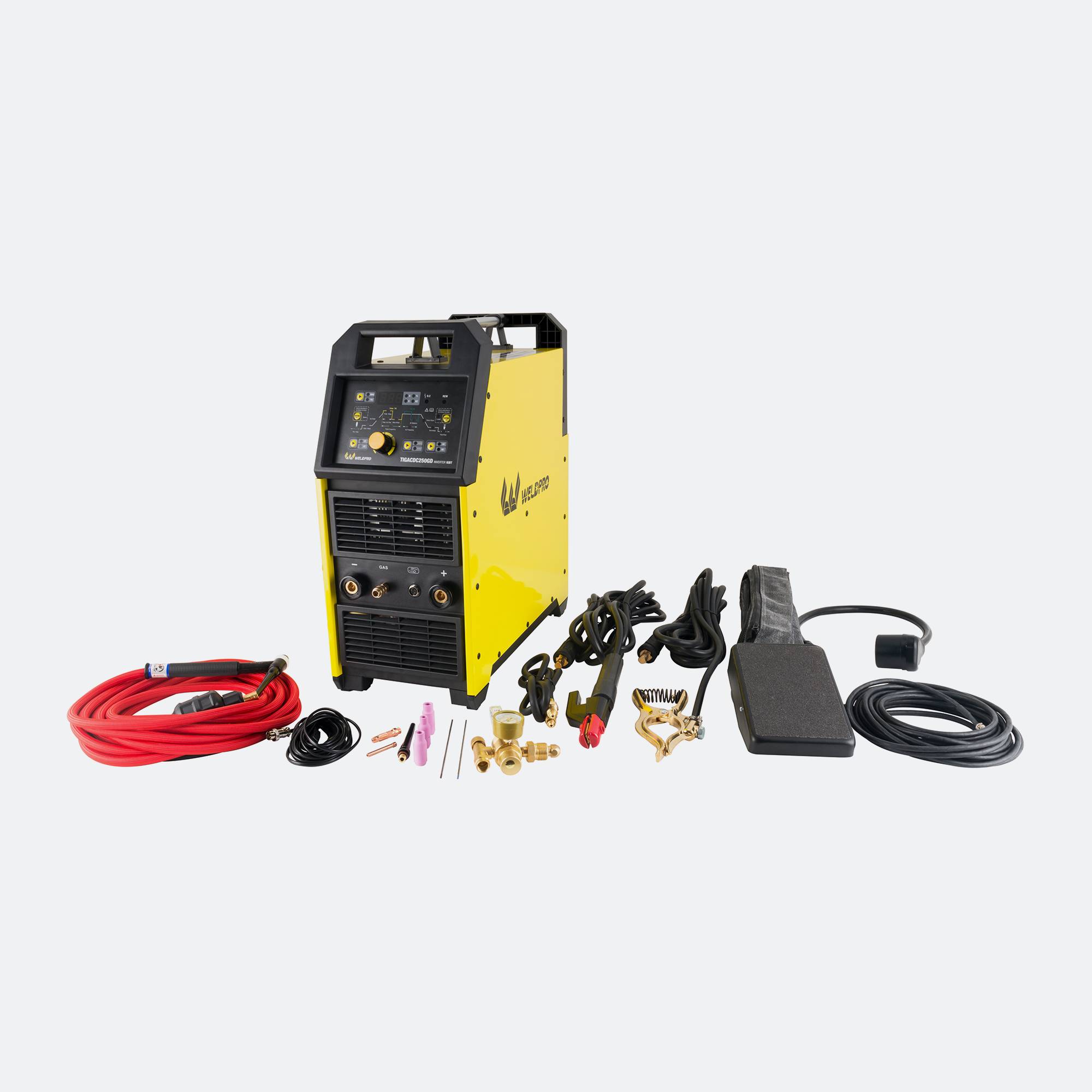 Where To Buy
Where To Buy  Sign In
Sign In-
Cart
Loadding...
Among the many solutions available today, the IGBT Inverter High Frequency Plasma Cutting Machine and the IGBT Inverter Non-High
In modern metalworking and fabrication workshops, efficiency is more than just a goal—it’s a necessity. As demand grows for faster production and more precise results, welding and cutting technology must evolve to meet these expectations. One advancement that has significantly influenced productivity is inverter welding technology. Among the many solutions available today, the IGBT Inverter High Frequency Plasma Cutting Machine and the IGBT Inverter Non-High Frequency Plasma Cutting Machine have become highly regarded tools for improving workflow and cutting performance.
Inverter welding technology works by converting power more efficiently than traditional transformer-based machines. This results in a more stable arc, reduced power consumption, and better control during welding and cutting tasks. Both the IGBT Inverter High Frequency Plasma Cutting Machine and the IGBT Inverter Non-High Frequency Plasma Cutting Machine are examples of how inverter-based systems can help technicians achieve cleaner and more accurate cuts across various materials, from mild steel to aluminum and stainless steel.
One of the key reasons workshops are adopting the IGBT Inverter High Frequency Plasma Cutting Machine is its ability to deliver fast arc initiation without physical contact. This feature is especially useful in applications where speed and precision are critical. On the other hand, the IGBT Inverter Non-High Frequency Plasma Cutting Machine provides an alternative that avoids high-frequency interference, which can be beneficial when working in environments sensitive to electromagnetic signals, such as those with nearby electronics or CNC equipment.
Both types of machines offer distinct advantages depending on the specific needs of the project. For example, the IGBT Inverter High Frequency Plasma Cutting Machine is often selected when cutting thinner metals or working on detailed patterns, as its contactless arc start reduces material distortion and tip wear. In contrast, the IGBT Inverter Non-High Frequency Plasma Cutting Machine is favored in automated or CNC-controlled environments due to its clean start system that avoids electronic signal disruption.
Ease of operation is another area where inverter technology contributes to workshop efficiency. Operators using the IGBT Inverter High Frequency Plasma Cutting Machine often report smoother cuts and greater flexibility with settings, making it easier to adapt to different materials and thicknesses. Similarly, the IGBT Inverter Non-High Frequency Plasma Cutting Machine offers user-friendly controls that streamline training and allow new technicians to achieve consistent results with small adjustments.
Maintenance and cost-efficiency are also enhanced by inverter-based designs. Both the IGBT Inverter High Frequency Plasma Cutting Machine and the IGBT Inverter Non-High Frequency Plasma Cutting Machine are designed with durability in mind, often requiring fewer consumables and providing longer service intervals compared to traditional systems. This translates into lower downtime and more productive hours on the workshop floor.
In conclusion, the integration of inverter technology into plasma cutting systems has brought noticeable improvements in workshop productivity, cut quality, and energy usage. Whether a technician chooses the IGBT Inverter High Frequency Plasma Cutting Machine for its precision and arc initiation or the IGBT Inverter Non-High Frequency Plasma Cutting Machine for its electronic compatibility and stable performance, both machines represent a practical approach to modern fabrication demands. As more workshops seek to modernize their equipment, these inverter-based tools will continue to play an important role in shaping the future of efficient metal cutting processes.
Subscribe to Our Newsletter!